
Plan your visit
What’s in Your Heirloom Closet? Part 2!
August 22, 2012
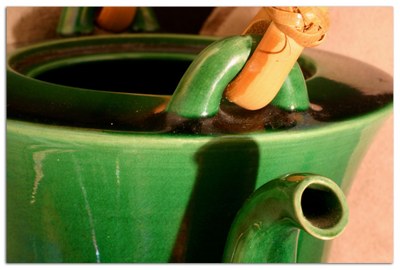
Our first encounter with an object is usually with our eyes, closely followed by that fifth human sense called touch. As we carefully consider what an object is made of, how it is assembled and its inherent weaknesses, we can pick it up and handle with care.
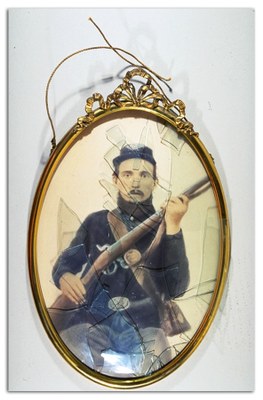
This hand-colored framed salt print was moved by the original silk cord used for handing, which gave way. The print dropped to the floor and broke the glass in the frame, causing damage to the piece. Careful handling will prevent this type of irreversible damage to artifacts. Let’s take a look at how to handle artifacts.
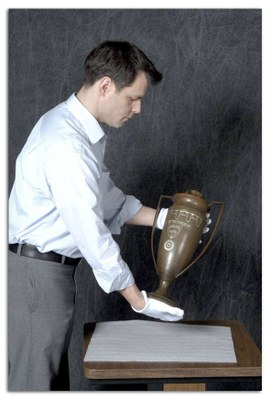
Gloves are worn when lifting artifacts that are metal, gilded, varnished or have coating that are vulnerable to corrosive hand oils.

For other materials that could slip from a gloved hand, such as ceramics or glass, or where dexterity is required as with some paper items washed items are suitable.
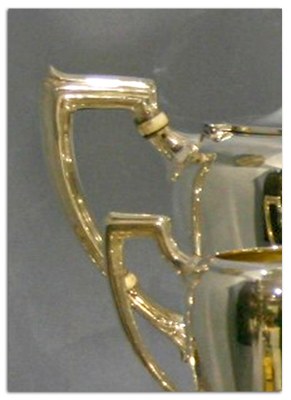
One rule of thumb is to resist the reflexive action to pick up an item by the handle. Areas of attachment are often the weakest points and can be the sire of previous repairs. Repairs can be difficult to see. If a failure in the repair occurs it can be vulnerable to pulling away from the body of the piece.

When moving ceramic and glass objects, always carry one object or one part of an object at a time. It is best to place your hands around the body of the object rather than using an existing handle, rim or spout for support.
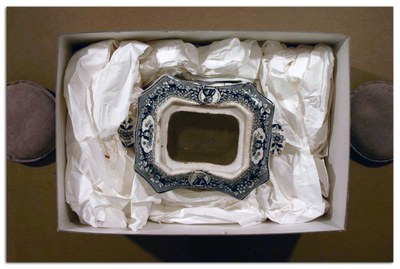
Carry objects from room to room or up and down stairs in a box with soft padding; or move the box on a cart stabilized with soft weights.
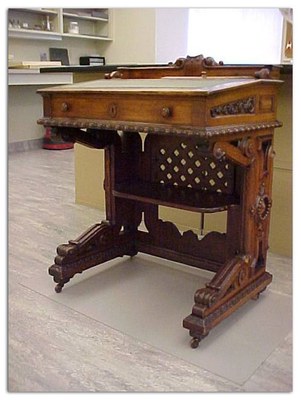
Before moving a piece of furniture, examine it closely for any loose or damaged joinery. Secure doors after removing drawers and move by the base.
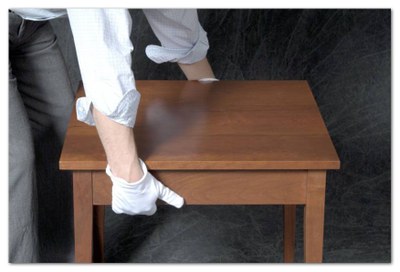
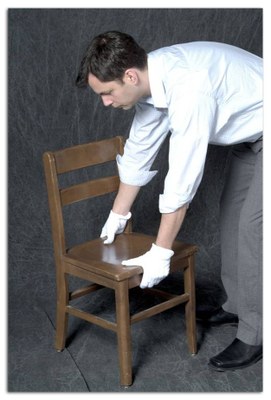
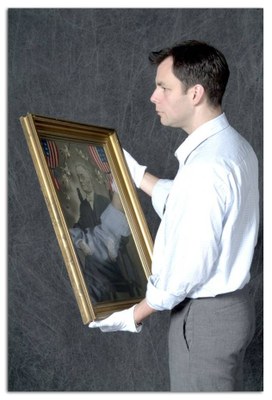
To carry or remove a painting from the wall, one side and the bottom rail are held. This will help prevent damage to the painting should joints of the frame be split and give way.
____________________








